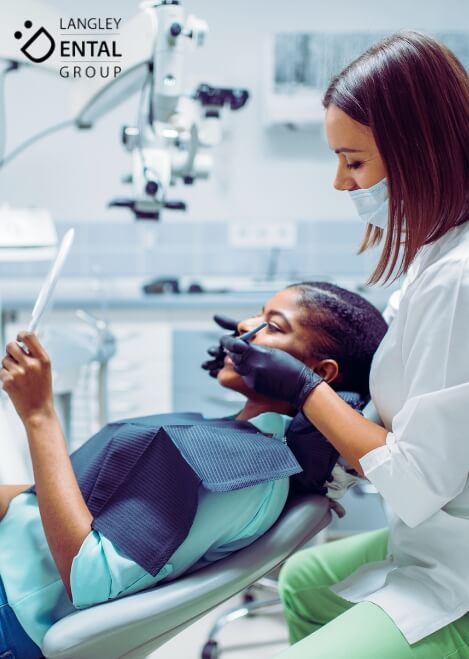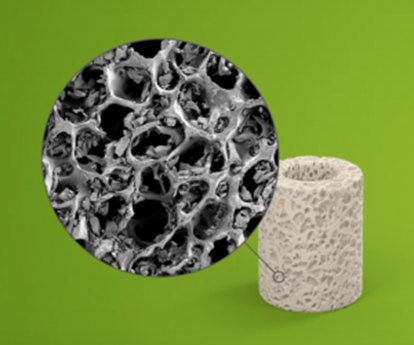
Over time, the jawbone that is connected to missing teeth can deteriorate or be reabsorbed. This leads to poor quality and quantity of bone that is needed for the placement of dental implants. Many patients may not be suitable for implant placements in these scenarios. However, with bone grafting, we can now replace the missing bone and promote new bone growth in that area. This not only allows us to place the appropriate length and width of implants, but also improve the functionality and appearance of the affected area.
An autogenous bone graft, also known as an autograft, is a surgical procedure in which bone tissue is taken from one area of a patient’s own body and transplanted to another area where bone is needed. The source of the bone tissue can be the mandible or chin. Autogenous bone grafts are highly effective because the transplanted bone tissue is living, meaning it contains cells that actively promote new bone growth.
Allogenic bone, also known as allograft, is a surgical option for those in need of bone replacement. Unlike autogenous bone which is taken from the patient’s own body, allogenic bone is sourced from cadavers, then processed using a freeze-drying method to remove water through vacuum. While it can’t create new bone on its own, allogenic bone is an efficient scaffolding, it allows bone growth from surrounding bones to fill a defect or gap.
Xenogenic bone, also known as a xenograft, is a surgical option for those in need of bone replacement. Unlike allogenic bone that is sourced from cadavers, xenogenic bone comes from non-living bone of another species, typically a cow. The bone is processed at high temperatures to prevent contamination and the risk of immune rejection. Just like allogenic grafts, xenogenic bone serves as a scaffold, it promotes bone growth from surrounding bones to fill a defect or void.

A prefabricated ring of processed allogenic donor bone that is placed press-fit into a trephine drill-prepared ring bed. This is an innovative solution for 3-dimensional vertical augmentation of bone defects allowing a single-stage graft and implant placement. The simultaneous implant placement saves you and your patient time and a surgical step compared to a conventional bone block, reducing chair time, eliminating the need for a second harvesting site and shorter time-to-teeth. Vancouver Dental Specialty Clinic specialists recommend this novel approach for bone graft and implant at the same time if you are a good candidate for this procedure.
You may also need a dental bone graft if the sinus cavities in your upper jaw are very large, or very low, and extend into the tooth-bearing areas. This often occurs when teeth in the back of a patient’s upper jaw have been removed years before, and the amount of bone available for implant placement is limited. A “sinus grafting procedure” is then required. Most often, it is performed in the office with local anesthesia and perhaps sedation. During this procedure, the membrane that lines the sinus will be located and elevated. Bone will then be added to restore the bone height and ensure that dental implants of an adequate length can be placed. This procedure often can be performed at the time of implant placement.
LDG Membership Plan
$499 /Year
Book An Appointment